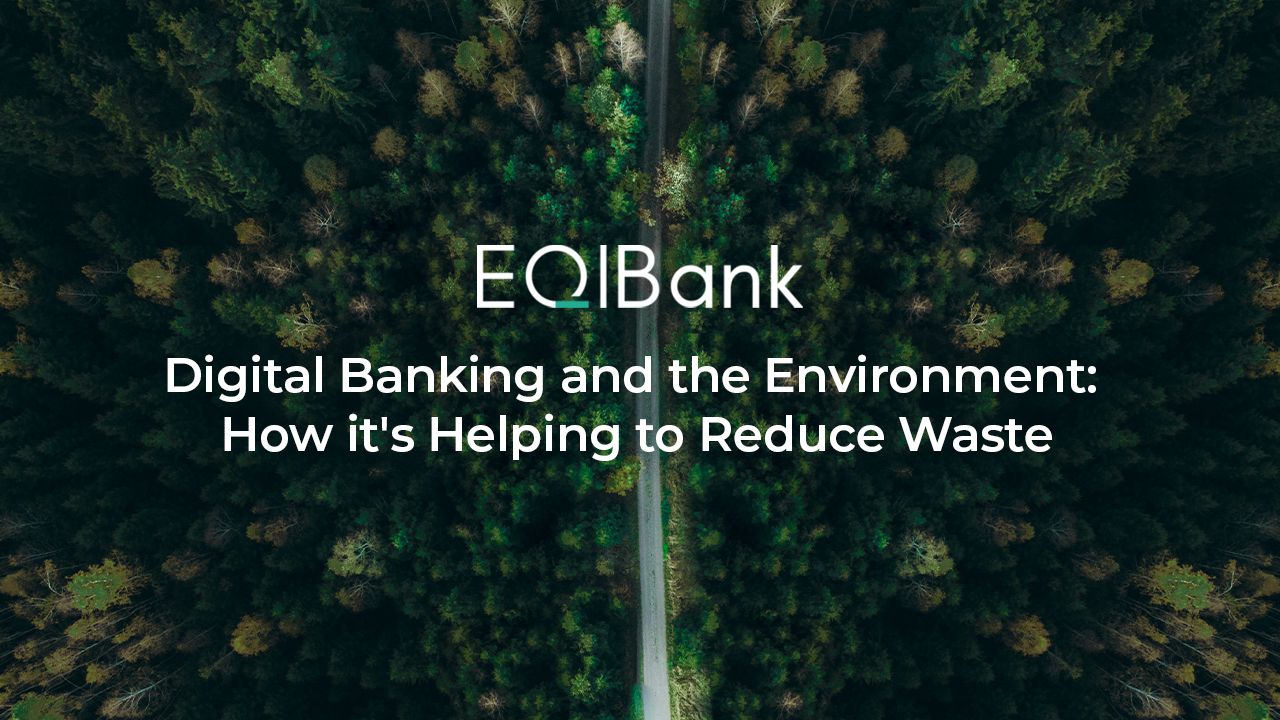In recent years, digital banking has become increasingly popular among consumers. From online banking and mobile applications to digital wallets and mobile payments, the banking industry has undergone a major transformation. While these advancements have made banking more convenient for consumers, they have also had a positive impact on the environment by reducing waste. In this article, we will explore how digital banking is helping to reduce waste and improve sustainability.
Reduction in Paper Use
The traditional banking model was heavily dependent on paper transactions. From physical checks to bank statements, the use of paper was a staple in the banking industry. However, with the rise of digital banking, the need for paper transactions has significantly decreased. This reduction in paper use has a number of benefits for the environment.
For one, the production of paper is a resource-intensive process that requires large amounts of water, energy, and trees. By reducing the need for paper transactions, digital banking is helping to conserve these resources. Additionally, the printing of paper transactions requires ink and energy, both of which have a negative impact on the environment. By reducing the need for paper transactions, digital banking is also reducing the amount of ink and energy used.
Another advantage of digital banking is the ease of access to digital statements. In the past, physical bank statements had to be mailed or stored, adding to the amount of waste generated by the banking industry. With digital banking, statements are easily accessible through an online account, reducing the need for physical copies and further reducing waste.
Reduction in Physical Branches
In the past, physical branches were a staple of the banking industry. Customers would often visit their local branch to make deposits, withdraw money, or conduct other transactions. With the rise of digital banking, the need for physical branches has decreased. This reduction in physical branches has a number of benefits for the environment.
First, the construction and maintenance of physical branches require resources such as building materials, energy, and water. By reducing the number of physical branches, digital banking is helping to conserve these resources. Additionally, the operation of physical branches requires energy for lighting, heating, and cooling, as well as resources for maintenance and upkeep. By reducing the number of physical branches, digital banking is reducing the amount of energy and resources required to run the banking industry.
Second, the reduction in physical branches means that customers are no longer required to travel to their local bank to make transactions. This reduction in travel has a positive impact on the environment by reducing emissions from transportation. Furthermore, the decrease in travel also reduces traffic congestion, helping to improve air quality and reduce emissions from vehicles.
Efficient Technology
The technology used in digital banking is designed to be efficient, reducing the amount of energy and resources required for transactions. For example, online banking and mobile applications use encryption and security measures to protect customers’ information, reducing the need for physical security measures such as cameras and alarms. This reduction in physical security measures helps to conserve resources and reduce waste.
Additionally, digital banking systems are designed to be fast and efficient, reducing the amount of time required to complete transactions. This not only improves the customer experience but also reduces the amount of energy required for transactions. By using technology that is both efficient and environmentally friendly, digital banking is helping to reduce waste and improve sustainability in the banking industry.
The transition to digital banking has significantly reduced waste and improved sustainability by reducing the need for paper transactions, physical branches, and energy consumption. The banking industry has embraced technology and innovation to become more environmentally friendly, providing benefits not just for financial institutions and consumers, but also for the planet. As technology advances and digital banking becomes even more prevalent, the impact on the environment will likely continue to be positive. Whether through reducing paper use, reducing the number of physical branches, or improving the efficiency of technology, digital banking is helping to make the banking industry more sustainable and reduce waste.
Moreover, as consumers become more environmentally conscious, they are increasingly looking for ways to reduce their impact on the environment. Digital banking offers consumers a convenient and sustainable solution for managing their finances, helping to make a positive impact on the environment.
